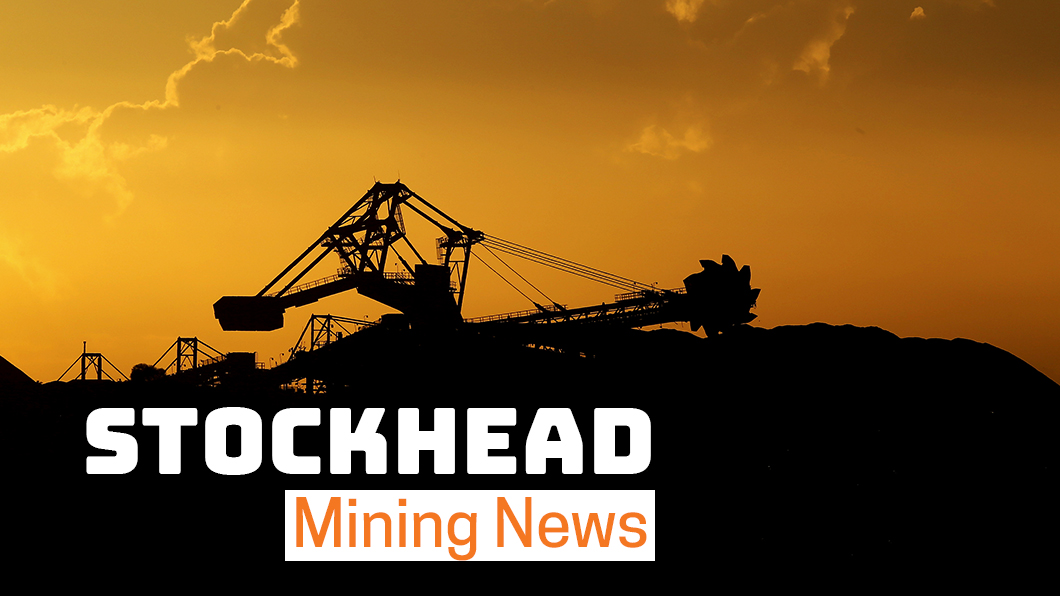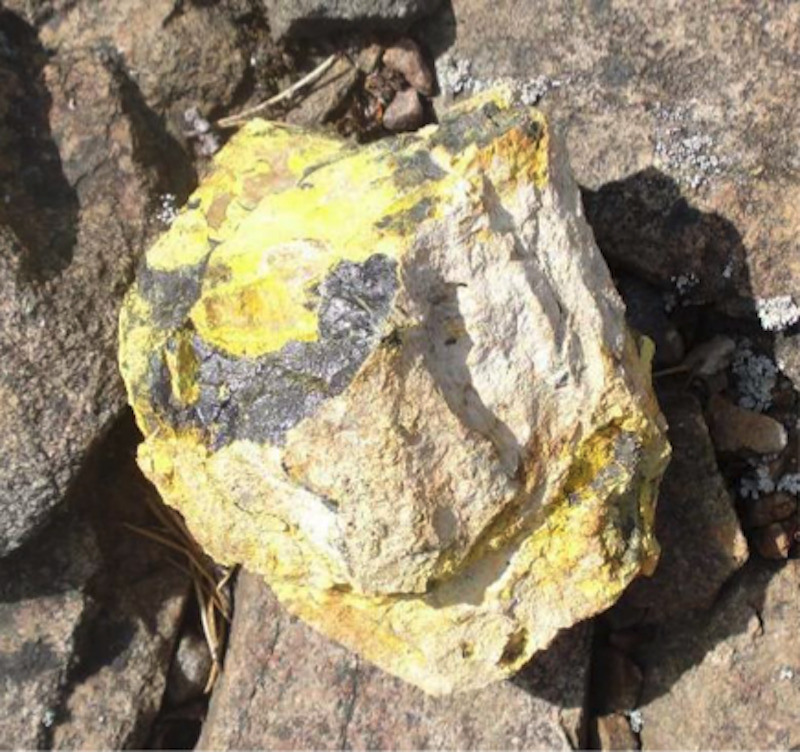Why uranium has a central place in an electric vehicle future

Pic: Bloomberg Creative / Bloomberg Creative Photos via Getty Images
This week’s landmark announcement by the Western Australian government of an electric vehicle strategy designed to get more EVs on the state’s roads would undoubtedly have put a spring in the step of battery technology enthusiasts.
The $21 million plan will create an infrastructure network running from Perth through to the iron rich territory of the Kimberley, out to the Goldfields hub of Kalgoorlie and beyond to picturesque Esperance coast.
It’s a positive measure mirrored in jurisdictions around the world, as they look to lessen the impact of combustion engines on the environment. A step towards step-change, and one which has the potential to drive significant growth in EV uptake in the years to come.
But here’s a point you may not have considered – where does the electricity used to charge the EVs come from?
That’s the question posed by uranium industry veteran and Valor Resources (ASX:VAL) executive chairman George Bauk when discussing uranium’s place in the EV revolution with Stockhead earlier this week.
Bauk, whose experience in the space spans decades across roles across the world – most recently at CEO and managing director of Northern Minerals – took up the role at Valor earlier this year and quickly picked up a couple of prospective US uranium projects.
He presents as a fan of the EV story, and believes uranium has a globally significant part to play in it.
“There’s no doubting people have bought into the EV message, and that’s a fantastic outcome,” Bauk said.
“But we need to start telling that story of what’s happening upstream, with the primary source of energy. You may charge an EV, but chances are at the moment that the source of power driving your battery is likely to still be a coal power station.
“Renewables will be an excellent positive contributor to our total power generation, but you need baseloads – uranium has the ability to be that clean source of energy underpinning the electric vehicle baseload.”
It’s a compelling case for a commodity blighted by image challenges spanning back to the 1940s, but one with the potential to deliver the clean energy future the world is working towards.
It also means the image issues around uranium are starting to slowly shift, according to Bauk.
“One of the real advantages we have is the pressure being placed on coal,” he said.
“We have a long journey ahead of us in terms of changing the face of uranium, but I think technological advancements, with the smaller systems you can now build, mean you no longer have to develop those major units with the negative views attached.
“People are starting to realise that the contributing factors to past disasters – things like poor maintenance, poor location – aren’t really about the commodity itself.”
Indeed, it’s the Asian powers of China and Russia which are driving growth in nuclear power at the moment, according to the World Nuclear Association – an unfamiliar rhetoric against North America and most of Western Europe in recent times.
The organisation’s numbers show that in September China had 48 operatable reactors up and running, 12 under construction, and 44 more planned. India’s comparative numbers were 22, seven and 14.
These numbers in growth economies are surely nothing to be sneezed at.
But what about pricing? Uranium bulls have long trumpeted the potential for the commodity’s price to soar – having peaked above US$100 per pound in 2007, spot prices currently sit around the US$30/lb mark.
Bauk believes uranium prices will improve – “they just have to” – but said his preference would be for a steady increase rather than a price spike.
“Spikes in any commodity, I think, create long-term pain in exchange for short-term equity gain,” he said.
Canada calling
The latest step in Bauk’s uranium journey is the recent acquisition of by Valor of the Hook Lake and Cluff Lake uranium projects in Saskatchewan’s highly prospective Athabasca Basin.
The region has historically produced around 20% of the world’s primary uranium supply and has been the site of 18 major uranium deposits since 1968.
A total of 10 of the world’s top 15 highest-grade uranium mines operate in the basin.
Fair to say Valor has bought into some fertile territory. For Bauk, locale is the most exciting aspect of the company’s emerging uranium narrative.
“When you really stand back and have a look at uranium prospectivity across the world, the point of reference is most often the Athabasca Basin,” he said.
“The amount of time people talk about the Athabasca Basin, about deposits similar in style to the Athabasca Basin in geological settings around the world – it sets the standard, and it hosts the world’s highest grade deposits.”

Operating in a jurisdiction renowned for uranium is a significant plus, but Valor’s other advantage is the presence of non-executive director and career geologist Gary Billingsley on the ground at his home in Saskatoon.
“With COVID-19, and the inability to travel like we once did at the moment, it makes it much easier to have a board member physically living in the province where our project is,” Bauk said.
“He’s a geologist by qualification and has worked with uranium before – he’s got a great relationship with us and knows most the uranium geologists in Saskatchewan.
“It’s a factor which allows us a presence on the ground, and to maintain the momentum without having to worry about concerns around remote control through COVID-19.”
The transaction for Valor’s Canadian uranium projects is close to shareholder signoff, and the company plans to hit the new year running with a ground-based geophysics program.
“We’ve got some great things to follow up,” Bauk said.
“Hook Lake has some amazing rock chip samples, and there are mines nearby which have produced uranium at nearly 1% – those are extraordinary grades.
“We want to get out on the ground and start working it up, from drill targets to drilling as soon as possible.”
With shifting appetites and changing perceptions shaping uranium’s future, VAL appears well placed to capitalise in 2021 and beyond.
Related Topics

UNLOCK INSIGHTS
Discover the untold stories of emerging ASX stocks.
Daily news and expert analysis, it's free to subscribe.
By proceeding, you confirm you understand that we handle personal information in accordance with our Privacy Policy.








